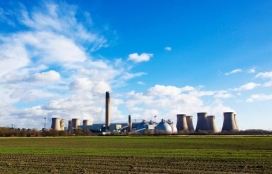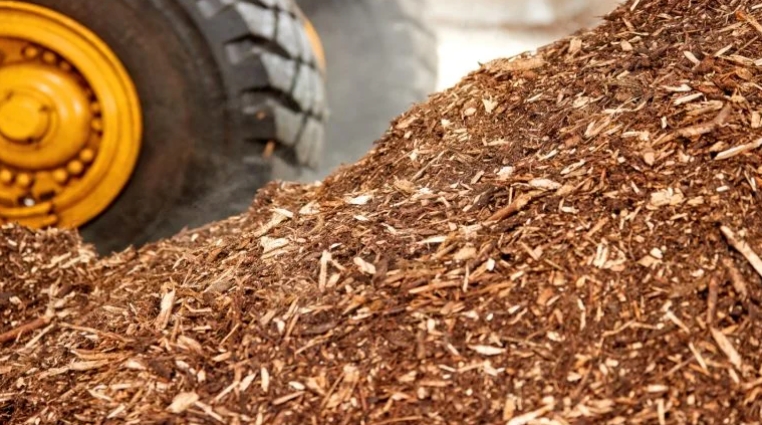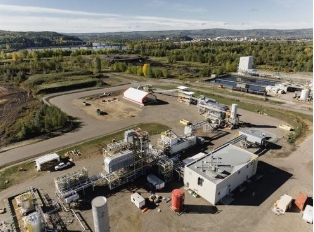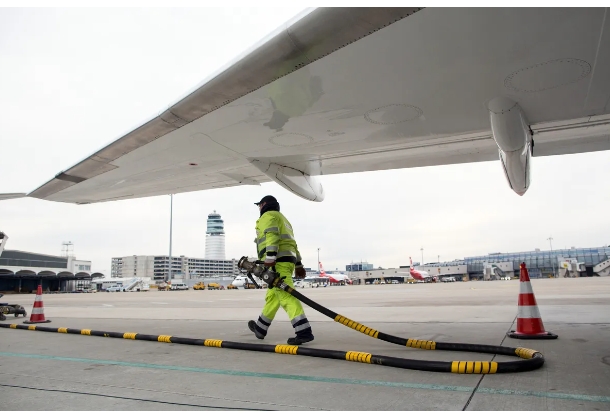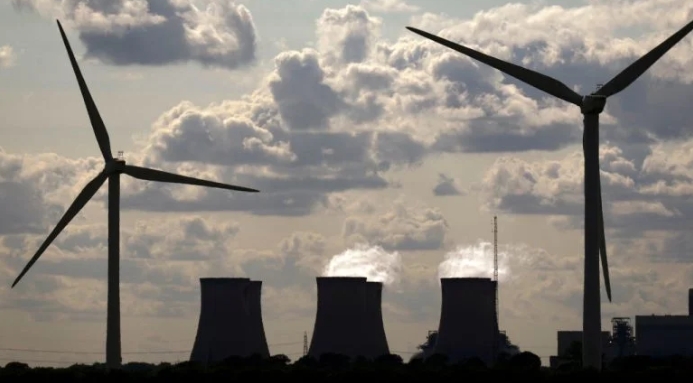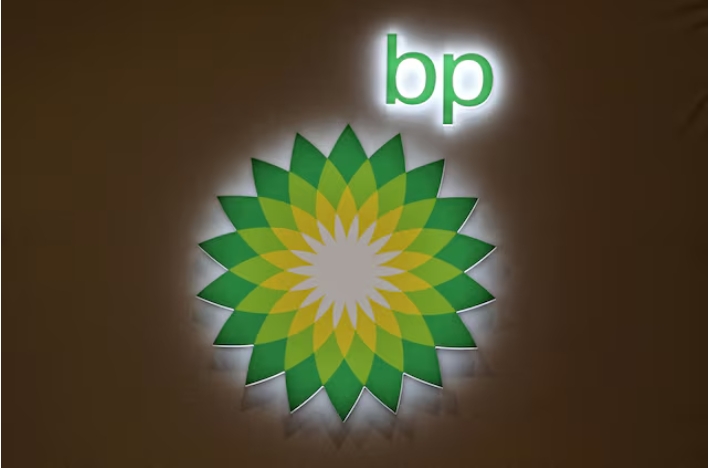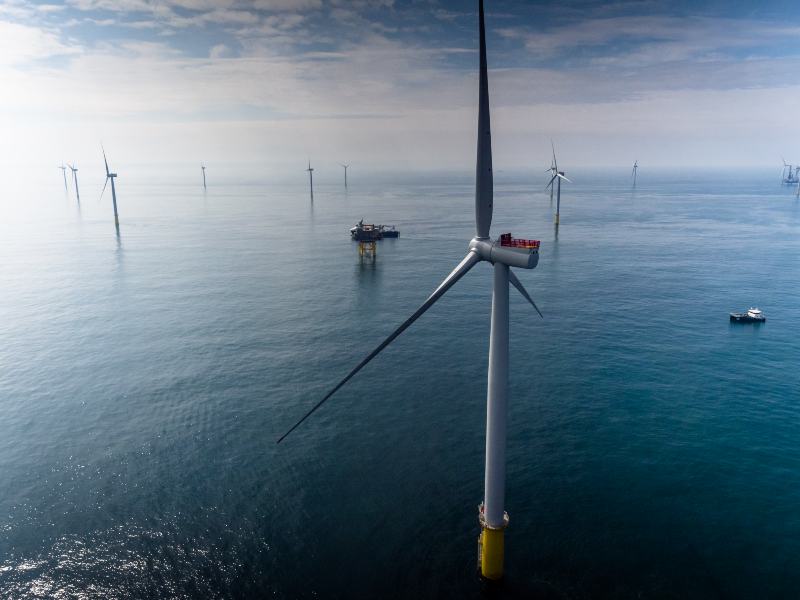
Offshore wind farm - Jan Arne Wold © Equinor
Global technology company Hitachi Energy has won two orders from Denmark’s Equinor and Poland’s Polenergia to provide an AC grid connection for the MFW Baltyk II and MFW Baltyk III offshore wind farms in the Polish Baltic Sea.
The jointly-owned wind farms, with a combined generating capacity of 1,440MW, are scheduled to generate first power in 2027.
As part of the contract, Hitachi Energy will provide each of wind farms with an offshore grid connection that will receive the power from the wind turbines and transfer it to shore, a mainland grid connection at the Słupsk-Wierzbięcino substation, and a STATCOM power quality solution to optimise stable power flow.
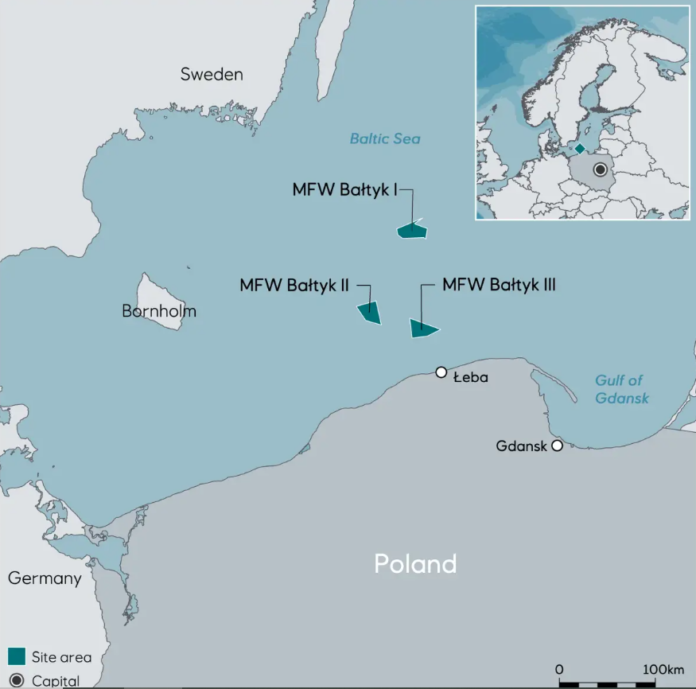
Hitachi Energy is also responsible for the delivery of the complete control system, telecommunications network, all high-voltage equipment at the offshore and onshore substation, as well as the turnkey delivery of the onshore substation.
The contract also covers assembly and connection works in Słupsk.
“Integrating large-scale renewable energy sources with the power grid is a key enabler of the energy transition and a field in which we have been a pioneer for decades,” said Niklas Persson, Managing Director of Hitachi Energy’s Grid Integration business.
“Our grid connection technologies feature in offshore wind farms worldwide, and our power quality solutions resolve bottlenecks and keep the voltage stable and the energy flowing in power systems globally.”
The announcement follows a recent global agreement between Hitachi Energy and Equinor to collaborate on high-voltage transmission systems (AC and DC) to connect Equinor offshore wind farms and production facilities to mainland power grids worldwide.
The project’s capacity forms a significant part of the first phase of the development programme for the Polish offshore wind sector with a total capacity of 5900MW.
Bałtyk II and III were awarded by the Energy Regulatory Office (ERO) in May 2021 with Contracts for Difference (KTR). The final investment decision for both projects depends on obtaining the necessary permits and is planned for 2024.
Even though Poland’s energy mix has been historically dominated by coal, the government is focused on creating an environment that fosters project development.
Local supply chains also are being developed, as can be seen in the recent announcement from Vestas to establish a nacelle factory in Poland, making use off existing maritime infrastructure to support growth.
